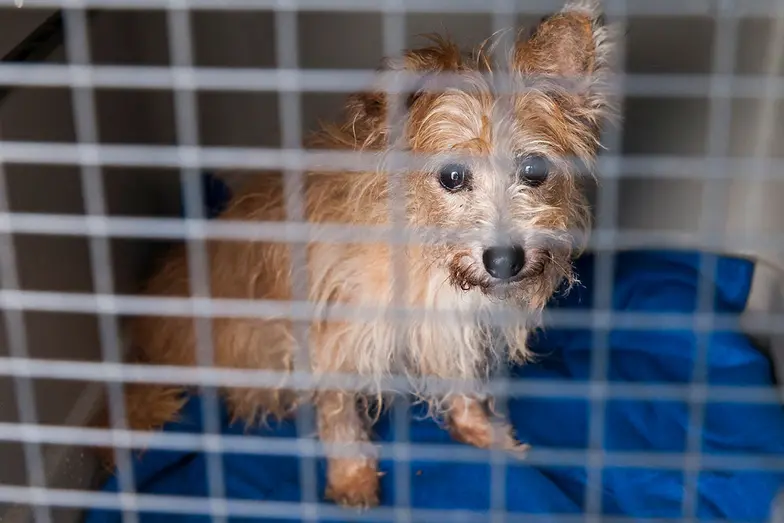Fast Track FAQs

Why call it Fast Track / Slow Track?
Some animals just tend to get adopted or chosen for transfer more quickly and others take a little longer to find the right person. While many adopters will come to the shelter seeking the classic “easy to adopt” friendly, healthy, young animal, there are also adopters who want someone a little older and more worldly. Some come in wanting to be a hero for a special-needs pet, or fall in love in spite of themselves with an animal not meeting the classic “easy to adopt”profile. Planning for a “slow track” not only serves the animals, but helpsto ensure that every potential adopter who walks in the door walks out with a new family member.
In reality, if the balance of available animals is right, both Fast Track and Slow Track animals can move through the system quickly. (See information on Adoption Capacity) When fast tracking begins, the length of stay for other animals often stays the same or get shorter not slower. By identifying that an animal is at risk for being “slow track”, extra measures can be taken early on to promote and highlight the animal.
Who should be chosen for fast tracking?
There isn’t one right answer for any community or sheltering organization. Each group needs to make some observations and collect information so animals who are likely to be selected quickly can be identified. For many groups and in most communities, who is most likely to fly out the door changes seasonally. That’s especially true for cats.
Is it fair? What about the animals who don’t get fast tracked?
It definitely isn’t fair that some animals are more sought after by adopters than others. It isn’t fair that sometimes people choose which animals to adopt based on their physical beauty or their perception of breed. It isn’t even fair that some animals are brought into shelters while others are sleeping in the bed at home. But what is fair is that if those who only need a little bit of time or intervention only use a little time or intervention resources, then there is more time, space, and resources for everyone else.
How should we get started?
Read the information sheet on Fast Track Slow Track flow through planning and follow the recommendations.
For almost every shelter healthy, friendly kittens and puppies are a good place to start trying out fast tracking. In addition to helping reduce the daily population in the shelter fast tracking kittens and puppies helps protect the most vulnerable and, in many communities, the most adoptable animals. Kittens and puppies also usually need more care and resources while they’re in the shelter so sending them on quickly saves time and resources for everyone else.
Should housing be the same for Fast Track and Slow Track animals?
Since slow track animals may tend to stay longer, housing can be planned that accommodates a longer length of stay while preserving adoptable behavior and maintaining good welfare. Housing in small group settings or room type enclosures is an excellent alternative for animals expected to stay longer.
In general, it doesn’t make a lot of sense to combine Fast Track animals into group housing or play groups. Since they will only be staying a short time, the fun probably isn’t worth the infectious disease exposure risk. That’s especially true for kittens and puppies.
What if part of our slow track is super slow? How long is too long?
There are likely to be some occasions when animals stay extended time in the shelter. There are some adopters who come to the shelter specifically looking for a special animal, maybe even choosing because of a hard-luck story. Having a few “long termers” or more difficult to place animals will actually serve this “market” and may increase adoptions as well as generating warm, fuzzy stories to share. If shelter resources permit, it may be helpful to reserve a few “super slow track spaces” for these animals, ensuring ample space and enrichment to accommodate a longer length of stay. Designating spaces can also help keep “special cases” from turning into the rule – when the “super slow track spaces” are full, if you want to take on others, they will have to wait (either at their homes through managed intake or in foster care if available) until space opens up. It’s a good idea to limit the authority to take on these special cases to just a few people.
This material generously provided by UC Davis Koret Shelter Medicine Program
We have lots more on this subject:
